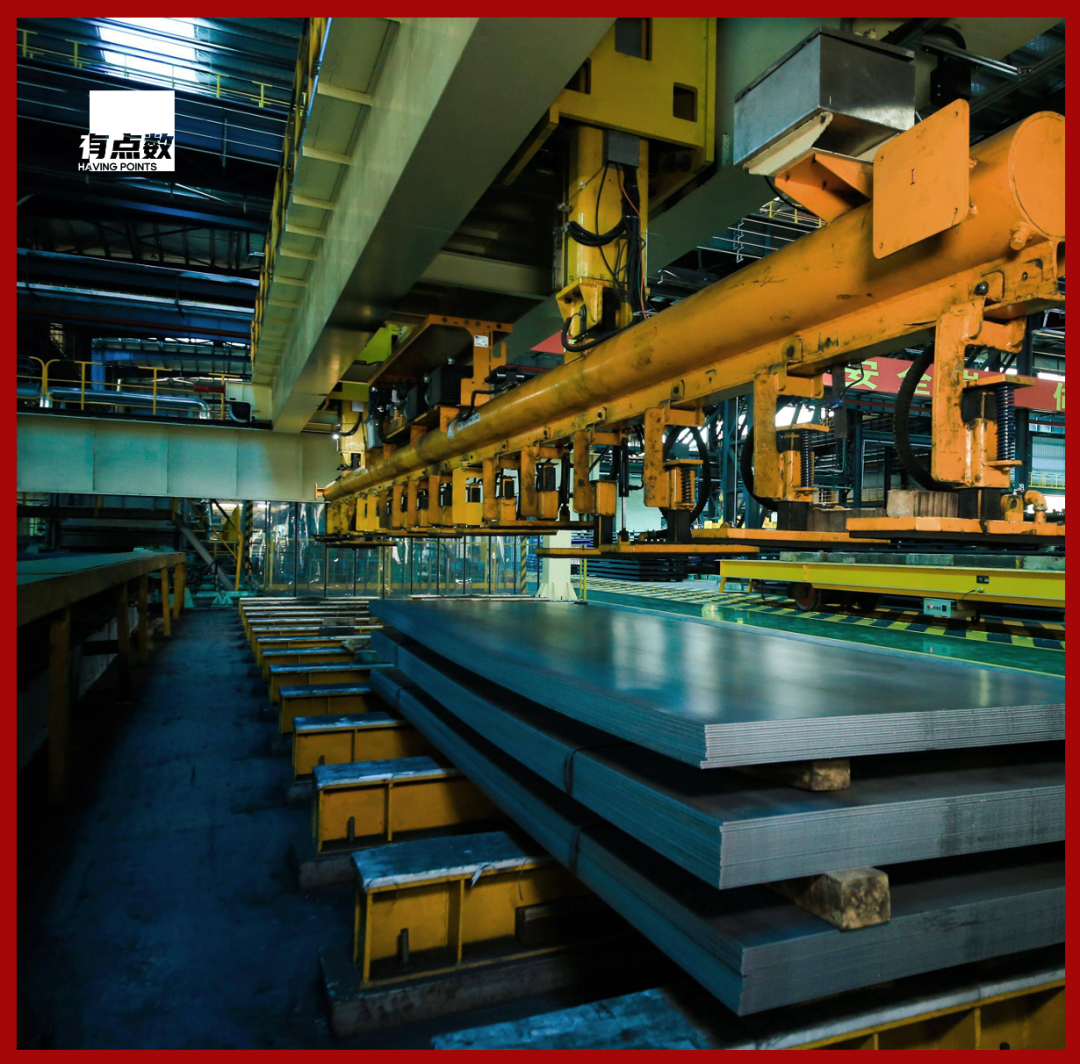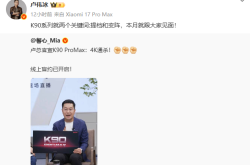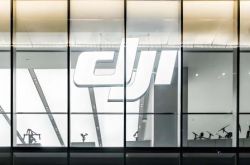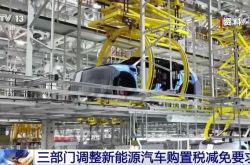How Did This Hunan City Achieve Millions of Tons of Silicon Steel Production Capacity in Just Two Years?
![]() 01/02 2025
01/02 2025
![]() 552
552

Created by Dianshushu Digital Economy Studio
Author | Youshu
Silicon steel, often dubbed the "crown jewel" of the steel industry, is highly valued for its excellent magnetic conductivity, making it indispensable in the manufacturing of electric motors, transformers, and generators.
From scratch, how long does it take to cultivate a silicon steel industry capable of producing millions of tons annually?
In Loudi City, Hunan Province, the answer is astonishingly brief: two years. Amidst surging demand from sectors like new electrical equipment, new energy vehicles, and industrial motors, Loudi has embarked on a mission to establish a RMB100 billion high-quality steel and sheet metal deep processing industrial cluster centered around the silicon steel industry chain. This initiative is pivotal in propelling Loudi's 'Materials Valley' project to new heights.

Aiming at new 'steel demand', the ten-mile steel city rises to become a RMB100 billion new industry
Nestled in central Hunan, Loudi boasts a steel production capacity of ten million tons, earning it the moniker "Ten-Mile Steel City." Historically, Loudi thrived on its advantageous location and abundant resources, leading to a period of remarkable growth marked by "three tens of millions": ten million tons of coal, ten million tons of steel, and ten million tons of cement. However, with shifts in economic growth patterns, Loudi's traditional drivers of growth waned, giving rise to issues such as industrial monotony, environmental degradation, and a lack of momentum.
Confronted with the decline of its "three tens of millions" high-energy-consuming industries, Loudi attempted to introduce high-tech and electronics-related industrial chains but faced challenges due to a lack of industrial foundation or technical support for these nascent fields.
Recognizing steel as its core strength, Loudi opted for a strategic approach rather than blindly introducing new industries. Amidst resource depletion, Loudi targeted new 'steel demand' – from 2022 onward, it established a high-level 'Materials Valley' construction headquarters, positioning silicon steel as the cornerstone of 'Materials Valley' development, and formulated the 'Loudi Silicon Steel Industry Development Plan.' This plan outlined the ambition to transform the silicon steel industry into a 'new RMB100 billion industrial cluster' during the 14th Five-Year Plan period.
Silicon steel, a linchpin material for electrical product upgrades, finds widespread application in the "three electrics" (electric motors, power transformers, and household appliances). In the era dominated by the new energy industry, the demand for and significance of silicon steel continue to escalate daily. Estimates suggest that if the grade of transformers nationwide is upgraded by one level of oriented silicon steel products, the annual electricity savings would surpass the annual generation of the Three Gorges Hydropower Station.
In March 2023, Hunan Hongwang commenced annual production of 960,000 tons of high-grade silicon steel, marking the production of Hunan's first oriented silicon steel. With over 20 years of technical expertise in the metals field, Hongwang possesses a distinct advantage in fostering and strengthening the high-end silicon steel industry. In a centralized control center equipped with 168 electronic screens, technicians can monitor each step of the production process in real-time, from coil feeding, pickling, cold rolling, to annealing, coating, and final product delivery.
As the leading enterprise in Loudi's steel industry chain, Valin Lianyuan Steel produces over 10 million tons of steel annually. In recent years, Lianyuan Steel has actively optimized its product mix, steering its steel products towards higher value-added offerings, with silicon steel emerging as a key focus.
The 1580 hot-rolled line, primarily dedicated to silicon steel production, represents Lianyuan Steel's efforts to upgrade its product structure towards advanced steel materials, serving as a crucial pillar for Loudi's 'Materials Valley' construction. Previously uninvolved in silicon steel production, Lianyuan Steel has now emerged as a significant domestic producer of non-oriented silicon steel raw materials, with production and sales exceeding 1 million tons.
After rapid development over a short period, Loudi now boasts a production capacity of 4.5 million tons of silicon steel base plates and 3 million tons of full-process silicon steel of various grades, establishing a comprehensive silicon steel production line encompassing all grades, including oriented, non-oriented, and low to high grades.

Steel that used to be sold by the ton is now sold by the coil or sheet
Ultimately, economic strength hinges on industrial chain competitiveness. The development of the 'Materials Valley' in central China facilitates a new pattern of regional integrated development, driven by the 'Innovation Valley' in Changsha, the 'Power Valley' in Zhuzhou, the 'Smart Manufacturing Valley' in Xiangtan, and the 'Materials Valley' in Loudi.
From Loudi's perspective, the 'Materials Valley' has already established the world's most advanced automotive steel production base, a world-class intelligent manufacturing base for hydraulic cylinders, Asia's largest high-strength steel production base, a national production base for high-strength fasteners, and a national production base for road rollers. Along the Lian Shui River, centered around the steel giant Lianyuan Steel, factories dot the landscape within a few kilometers, constructing an invisible yet tightly interconnected industrial chain: steel coil base plates rolling off Lianyuan Steel's production lines are transported a few kilometers away to Valin ArcelorMittal Automotive Steel Co., Ltd., where they are processed into high-end automotive steel, subsequently transformed into automotive lightweight components by the neighboring Hua'an Gangbaoli Company.
In the past, Lianyuan Steel struggled to transport steel out of Loudi due to the lack of downstream customers. Today, it is interconnected by point-to-point railways with companies like Valin ArcelorMittal, enabling local sourcing and consumption within an interconnected industrial chain that fosters upstream and downstream integration. Inside Valin ArcelorMittal Automotive Steel Co., Ltd., the production lines are arranged in a 'stacked' manner, where steel plates undergo various processes to eventually become automotive steel plates. As one of Hunan's largest Sino-foreign joint ventures, the company supplies 90% of the steel components for the white body of domestic new energy passenger vehicles.
Making every type of steel the 'best in its segment' is one of the 'Materials Valley's' strategic focuses for resource allocation and research efforts. Loudi, once limited to primary steel applications, now supplies automotive steel to automakers like BYD and Li Auto and engineering machinery steel to leading machinery companies such as Sany Heavy Industry and Zoomlion.
In niche markets like shipbuilding, offshore engineering, automobiles, bridges, and engineering machinery, steel produced in Loudi has forged a unique competitive edge. Over 100 renowned domestic and international 'super projects,' including the Three Gorges Project, Hong Kong-Zhuhai-Macao Bridge, Wuhan-Guangzhou High-Speed Railway, and Yalu Zangbu River Grand Bridge of the Sichuan-Tibet Railway, have specified the use of high-quality steel from Loudi.
The transformation of 'steel demand,' product upgrades, and efficiency improvements have reshaped Loudi's steel industry. What once was sold by the ton is now sold by the coil or sheet. Loudi's steel industry is being 'forged' anew: Loudi aims to construct a steel and new material industrial cluster, extending the chain from 12 million tons of crude steel to 4.5 million tons of silicon steel base plates, 3 million tons of silicon steel, 1.95 million tons of automotive steel, and 1.1 million tons of high-strength steel capacity. This remarkable transformation signifies a shift from 'a single piece of steel' to 'an industrial cluster' and from 'following the industry' to 'world leadership.'

The advancing path of a renowned materials industry city
To attract more upstream and downstream steel enterprises to invest in Loudi, the city has compiled an 'investment attraction map,' targeting the motor, transformer, and home appliance industries. Over 200 well-known domestic enterprises have been screened for precise on-site promotion and investment attraction. Less than three years after settling in Louxing District in September 2021, Hunan Hongwang has undertaken three phases of construction. Driven by its leading effect, upstream and downstream enterprises in the silicon steel industry chain have flocked to Loudi, with 16 enterprises in the motor, transformer, and small home appliance segments already gathered.
As a major materials industry province, Hunan ranks among the top nationally in terms of total scale. Loudi serves as an important clustering region for Hunan's materials industry, with its advanced structural materials industrial cluster listed as one of the first batch of national-level strategic emerging industrial clusters, demonstrating significant advantages and development potential in the materials industry. Currently, among the seven key development areas for new materials that Hunan focuses on, Loudi has clear advantages in four: advanced steel materials, advanced non-ferrous metal materials, advanced energy storage materials, and advanced ceramic materials.
In 2022, Hunan Province introduced several policy measures to support Loudi's construction of the central region's 'Materials Valley' from five aspects: industrial layout, innovative development, enterprise cultivation, green and safe development, and factor security, contributing to the development of a nationally important advanced manufacturing hub. Loudi has also continuously strengthened its internal capabilities, further enhancing the attractiveness of the 'Materials Valley'. In recent years, Loudi City has invested RMB10 million annually in key core technology research, tackling significant technological projects through a 'challenge and reward' mechanism in advantageous fields such as advanced steel materials, advanced electronic ceramics, and advanced composite materials.
Loudi's 'Materials Valley' in central China has established a globally leading mid-to-high-end automotive steel base, a world-class intelligent manufacturing base for hydraulic cylinders, Asia's largest high-strength steel base, the country's largest silicon steel base plate production base, a national-level advanced ceramic manufacturing industrial cluster, the largest and most technologically advanced semi-solid casting aluminum alloy and deep processing base in central China, the largest magnetic sensor device industrial base in central China, a national high-quality refractory material production base, a global antimony product R&D, processing, and trading center, a national high-strength fastener production base, the country's largest agricultural machinery manufacturing and spare parts base, a first-class biomedical materials base in Hunan, and a photolithography resist industrial base in Hunan Province...
From 2022 to 2024, after achieving these remarkable accomplishments in just two years, Loudi has set a new '2-year plan': by 2026, Loudi aims to exceed RMB300 billion in new material industry output, with a silicon steel industry chain scale reaching RMB200 billion, establishing a '1112' modern industrial cluster, namely, one enterprise with a scale of RMB100 billion (Lianyuan Steel), one with RMB200 billion (new steel materials), one with RMB50 billion (advanced ceramics), and two with RMB20 billion each (engineering machinery and auto parts, and solid waste comprehensive utilization in Louxing District). This plan envisions forming industrial clusters led by the 'Materials Valley,' transforming Loudi into a renowned national materials industry city.








